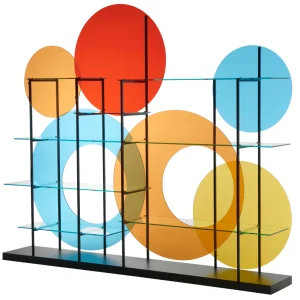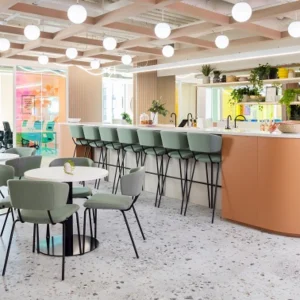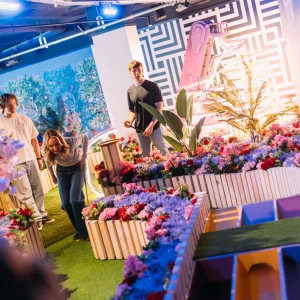Targeting LEED Platinum certification, the stadium has been designed by Castro Mello Architects. The structure will be able to seat just under 70,000, making it the second-largest World Cup stadium in the 2014 games.
The stadium renovation will employ a number of green strategies, including solar power, rainwater harvesting, low-flow water fixtures, and natural daylighting. A key feature of the stadium would be a pollution-eating photocatalytic membrane on the roof which will capture air pollution as it falls, breaking down chemicals and removing them from the atmosphere. This notable design is estimated to reduce over 50% of CO2 emissions.
The stadium will feature a ring of solar panels on the roof which will provide power, and feed excess energy back to the grid. One thousand VIP bike parking spots will be built indoors and 2,500 spots outside. The renovation project has also utilised most of the materials from the old stadium.
The stadium is expected to cost more than $400 million and would be completed at the end of 2012. The renovation project is aimed at preparing Brazil which will be the host of the 2014 World Cup and 2016 Olympics.





